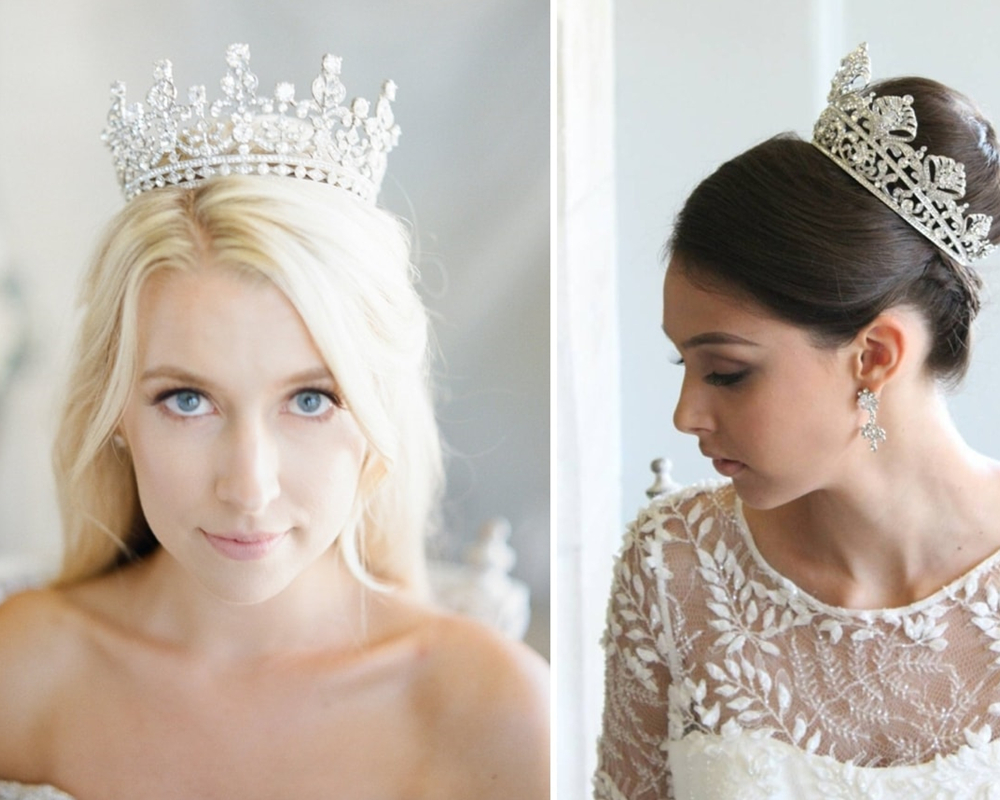The wedding crown is one of the most typical symbols of a wedding ceremony. It is also one the most common wedding gifts that family and friends give to newlyweds. This article discusses about The wedding crown.
Even though the Wedding Crown was used in ancient times, it began to be used in early medieval Europe, especially in England during the middle ages. Even though it has its own traditional history, this article will discuss its modern significance as a gift for Newlyweds and what they do with it after they receive it.

Uses of the wedding crown
1. Pre-marital
The wedding crown features a multitude of uses. It is used to symbolise the end of one life and the beginning of another. They are also used at renewal ceremonies such as on New Year’s eve. This is because it symbolises that the new year will bring new beginnings and hope.
It is also used in many post-wedding ceremonies especially in India, where it’s usually worn for a few days or weeks after a wedding party followed by the bridegroom and bride wearing it with the bridegroom wearing it on his head for an even longer period of time (at least one year afterwards).
2. Even-after
Another use of the wedding crown is as a post-wedding symbol. They are used to symbolise the new life of the now married couple, even after their marriage has ended. After all, a wedding is just an occasion to celebrate the bond between the bride and groom. And so it makes perfect sense that it is worn for even longer after the wedding!
The history of The Wedding Crown
The Wedding Crown was derived from crowns used in ancient Rome. The Roman emperors had their own pre-release ceremony that involved placing jewels on top of a wreath while they were still wearing them as symbols of their power.
Wedding crowns during Medieval times were different from modern crowns in one very important way: they were rigid and completely inflexible, unlike modern ones which are made out of moulded synthetic plastics. This is why many people won’t buy these wedding crowns because they are afraid it will damage their hair; this is not usually an issue with modern crowns.

